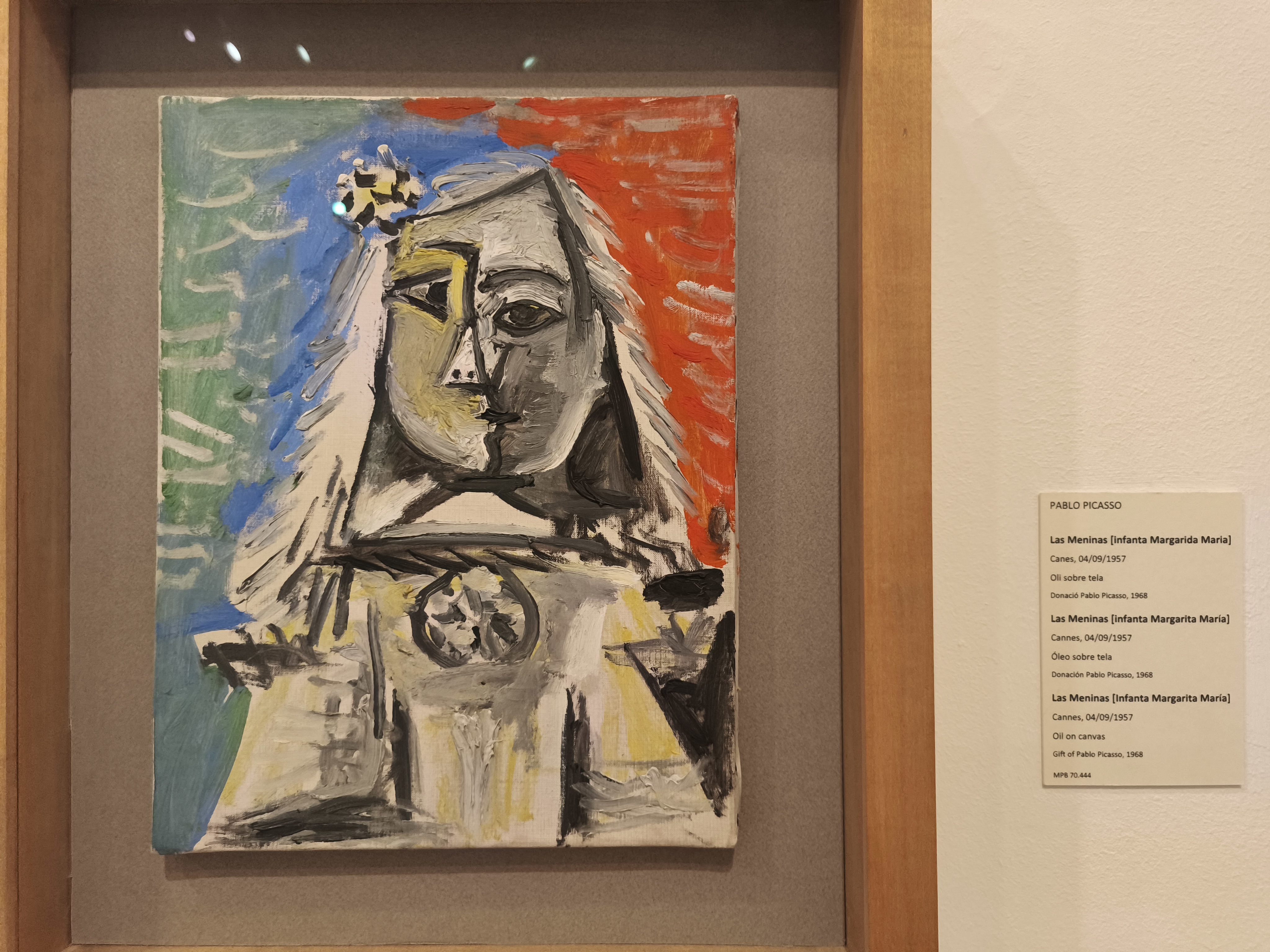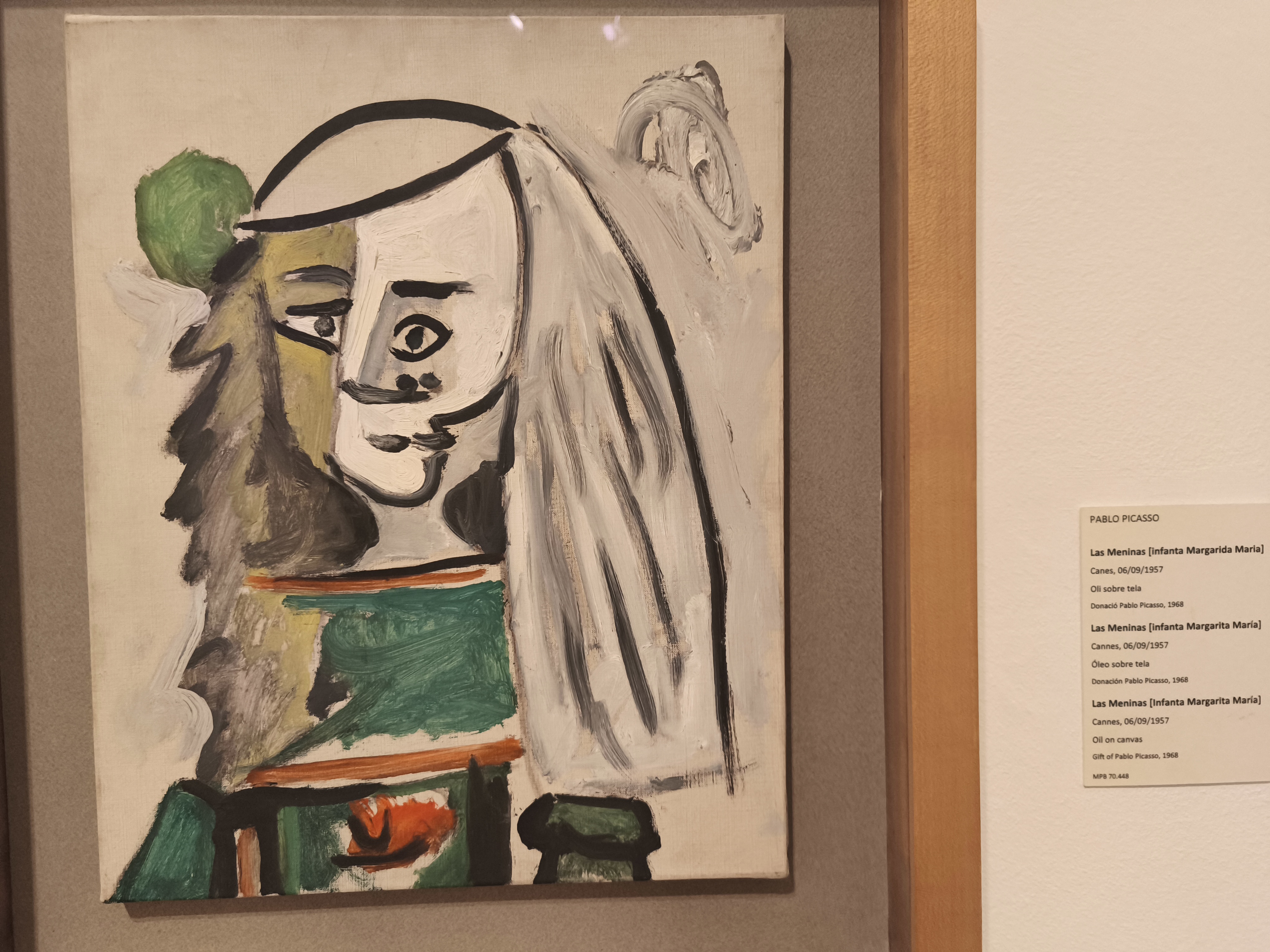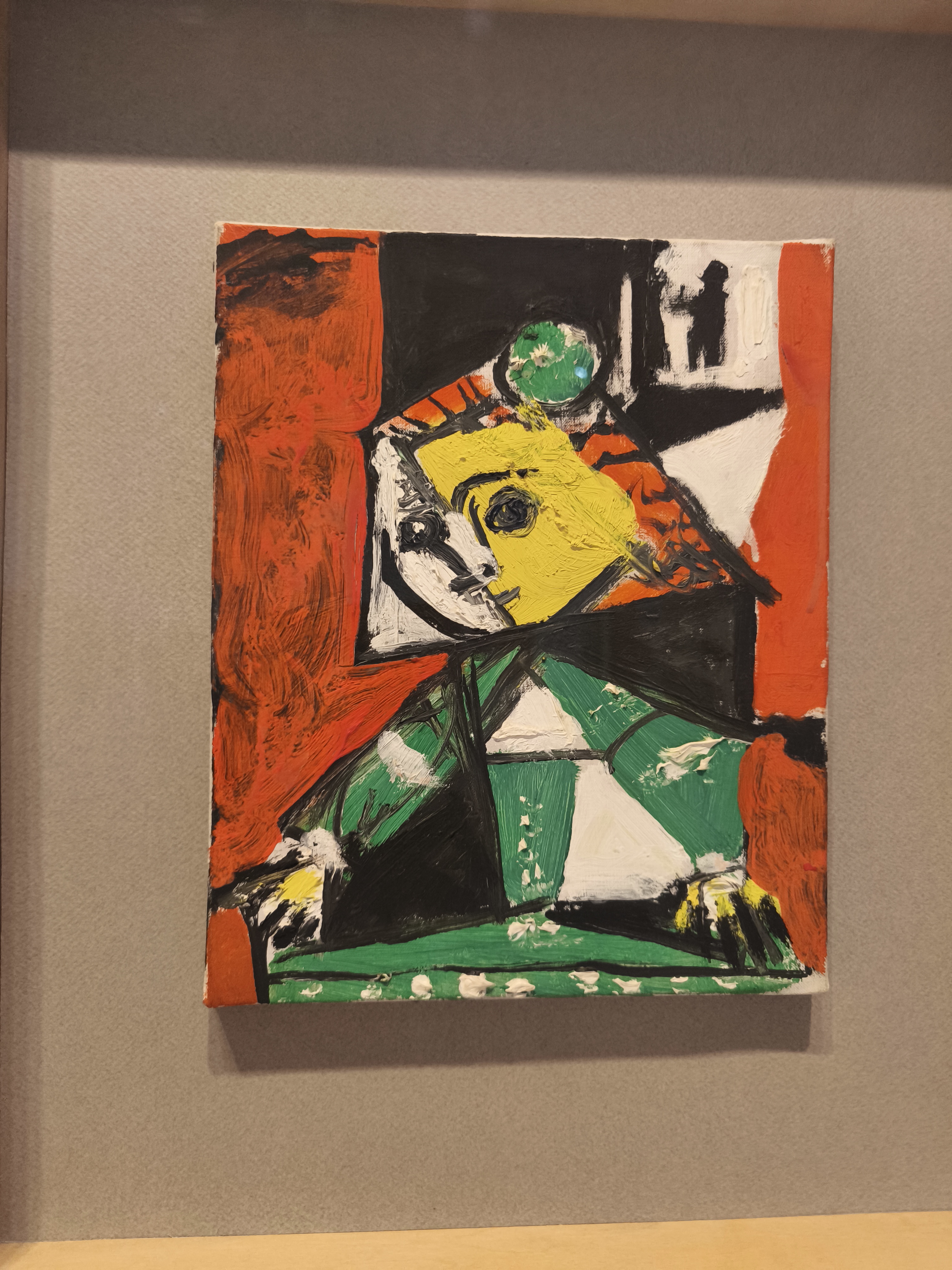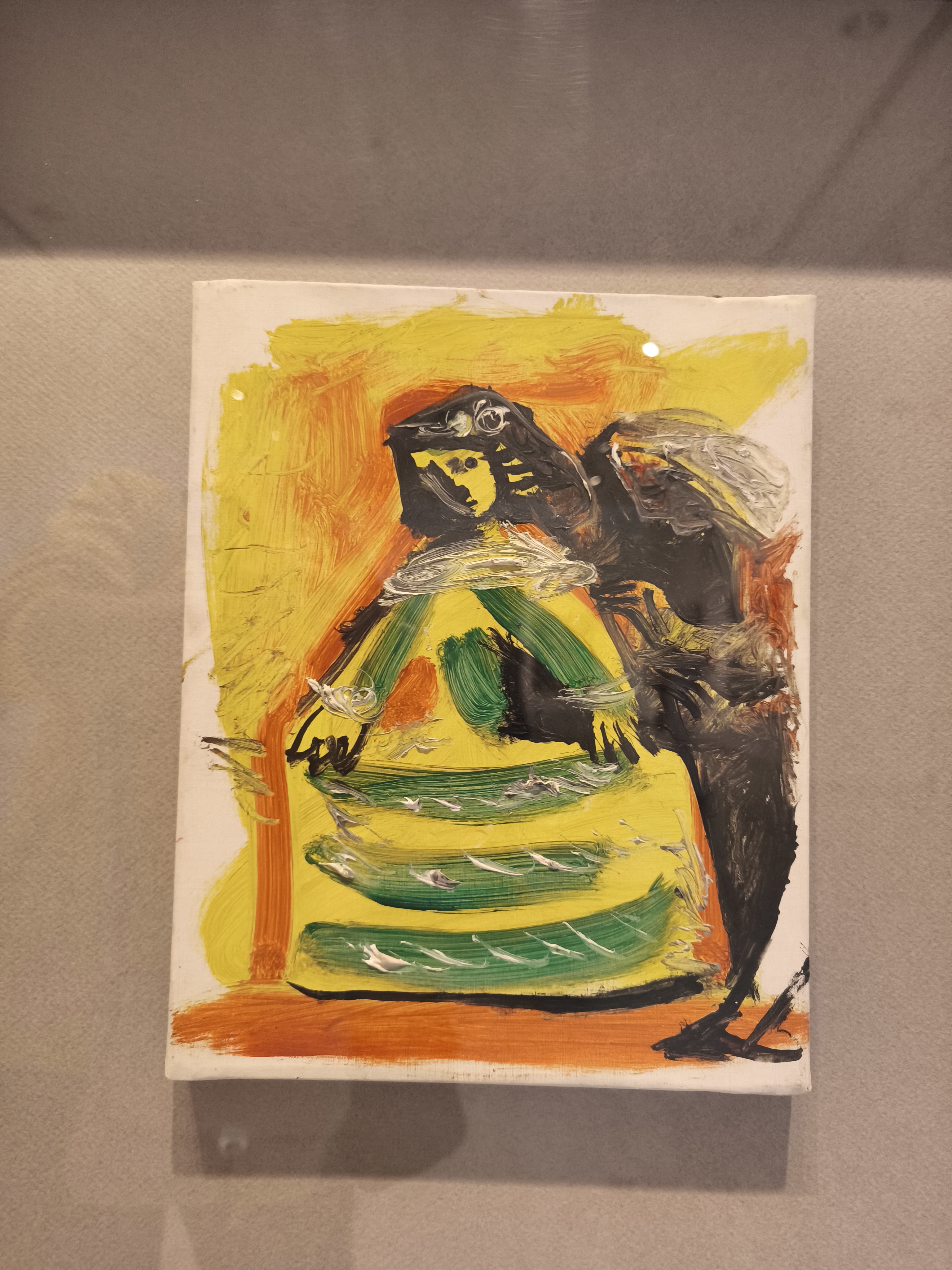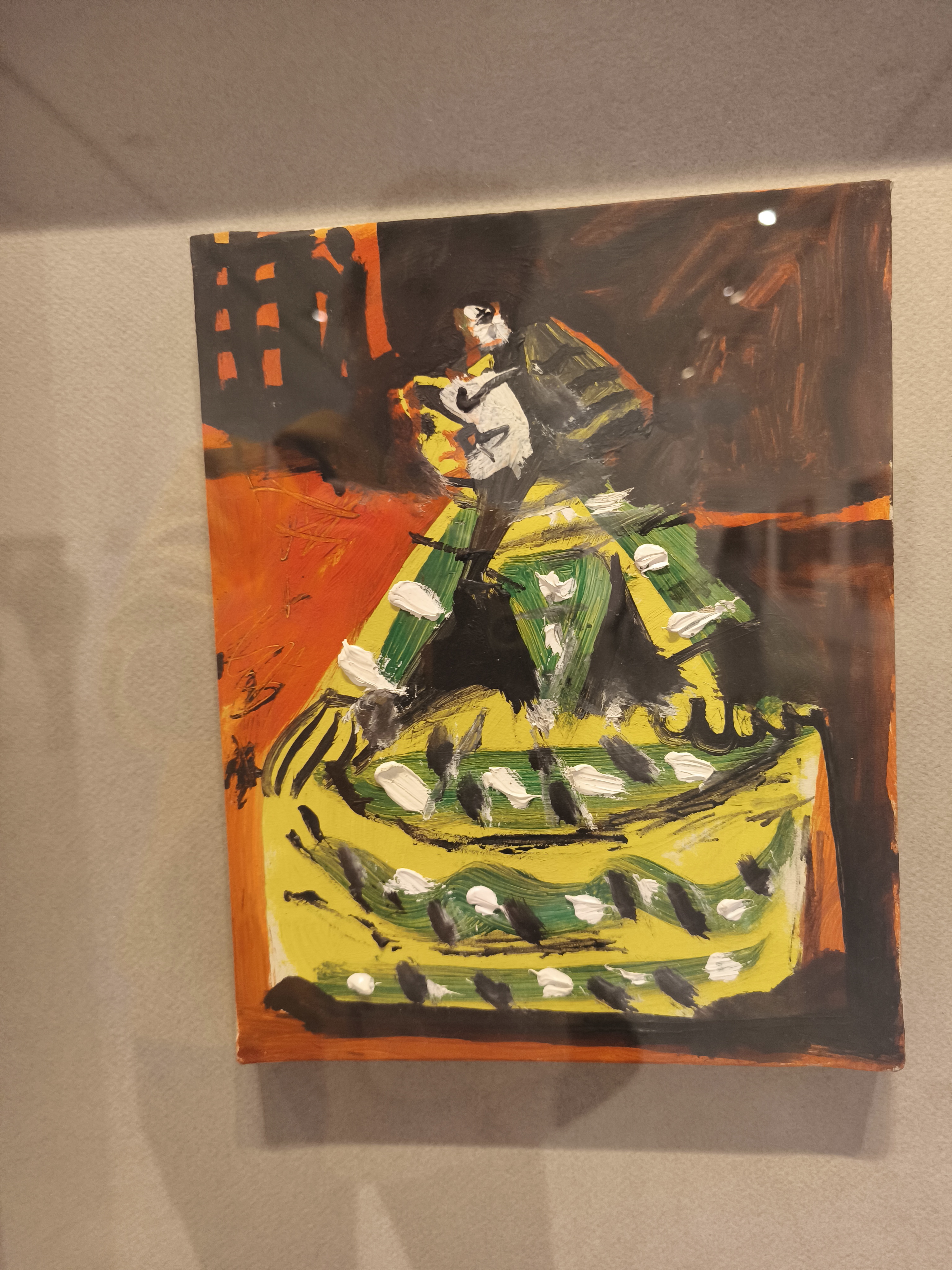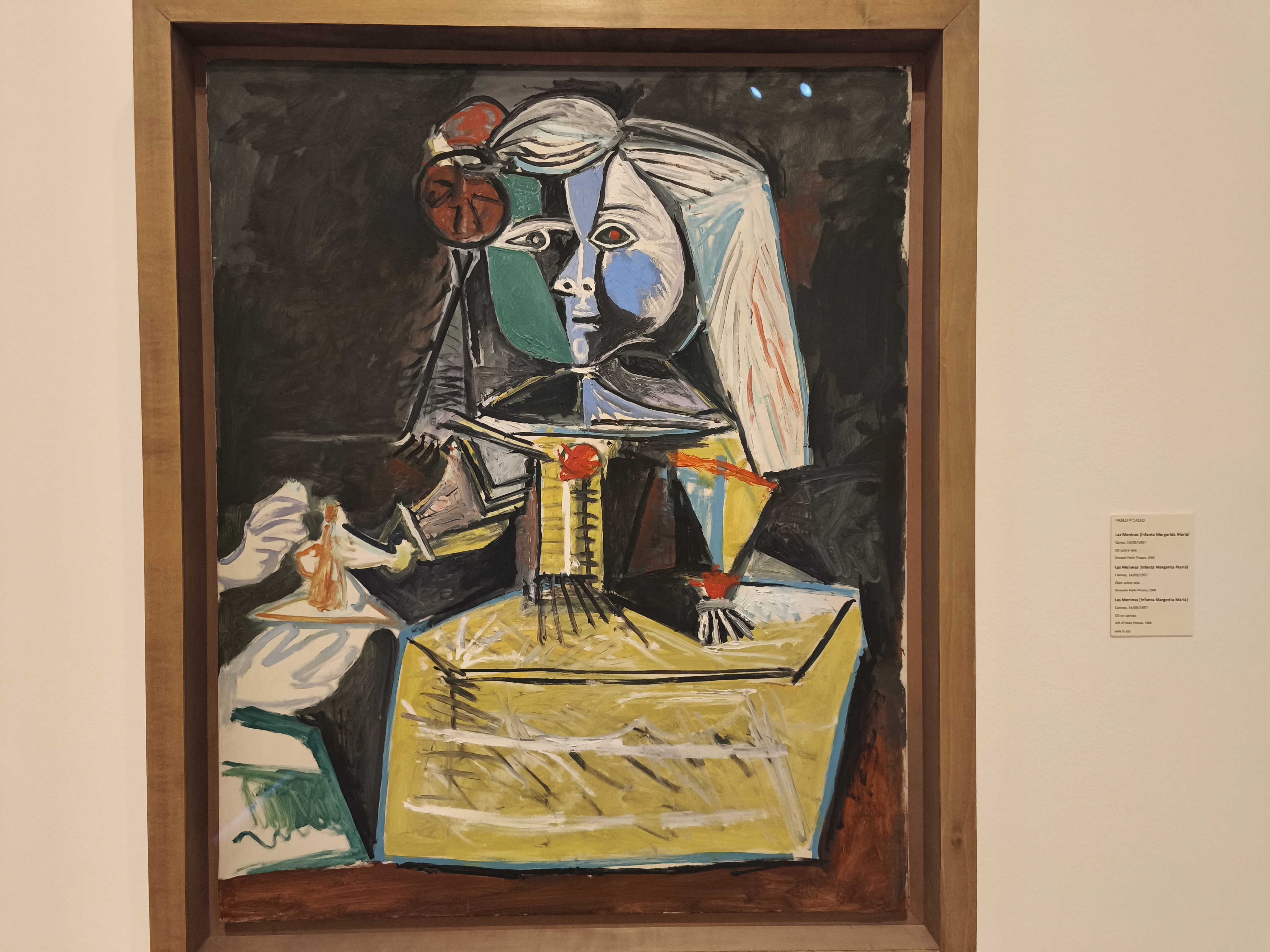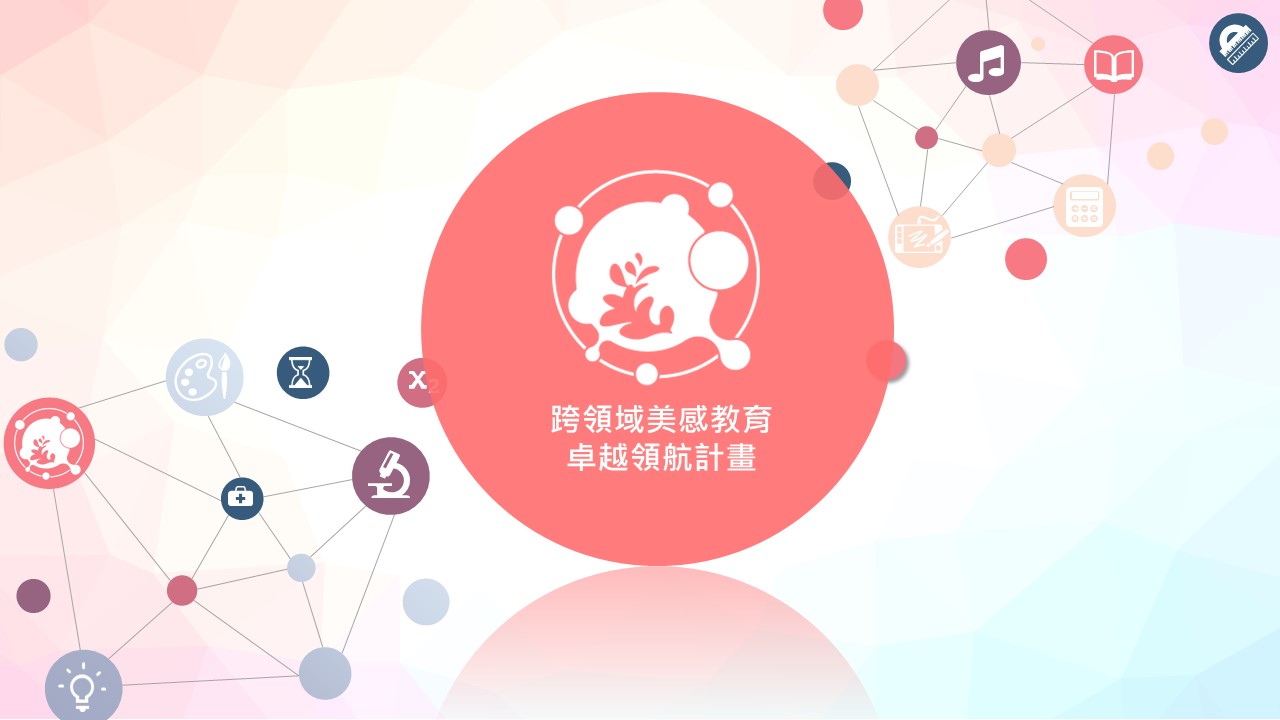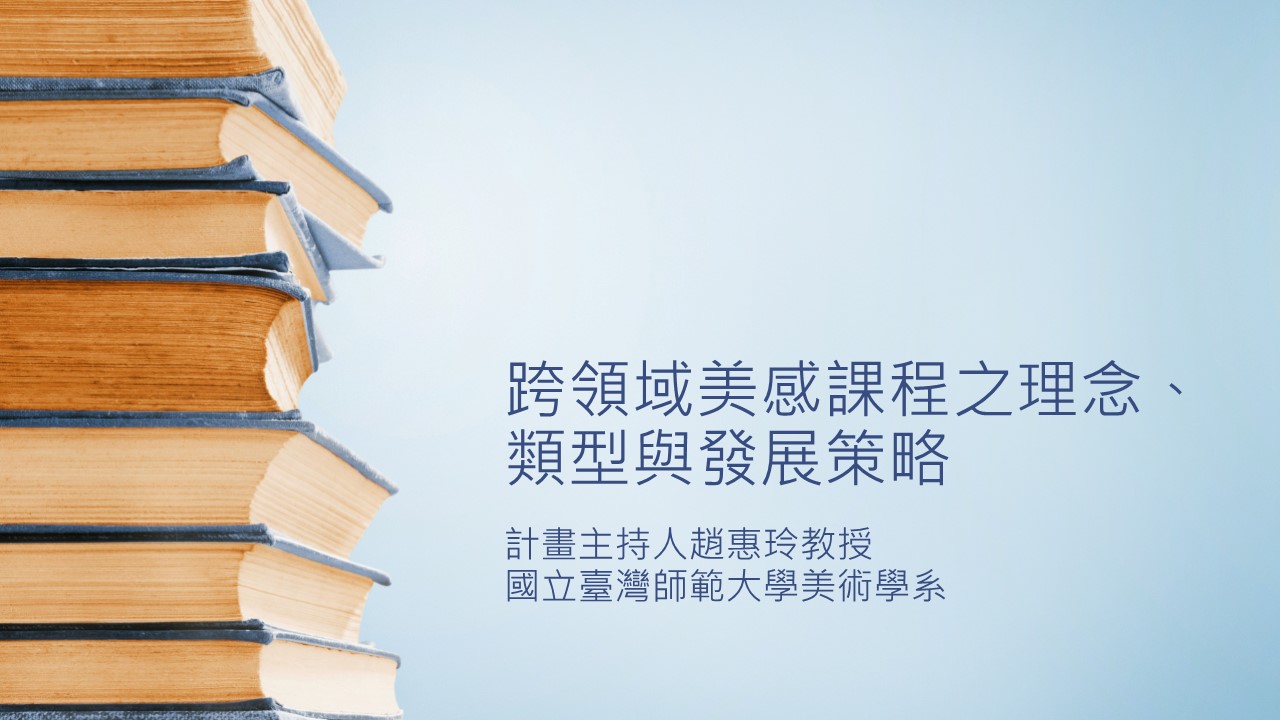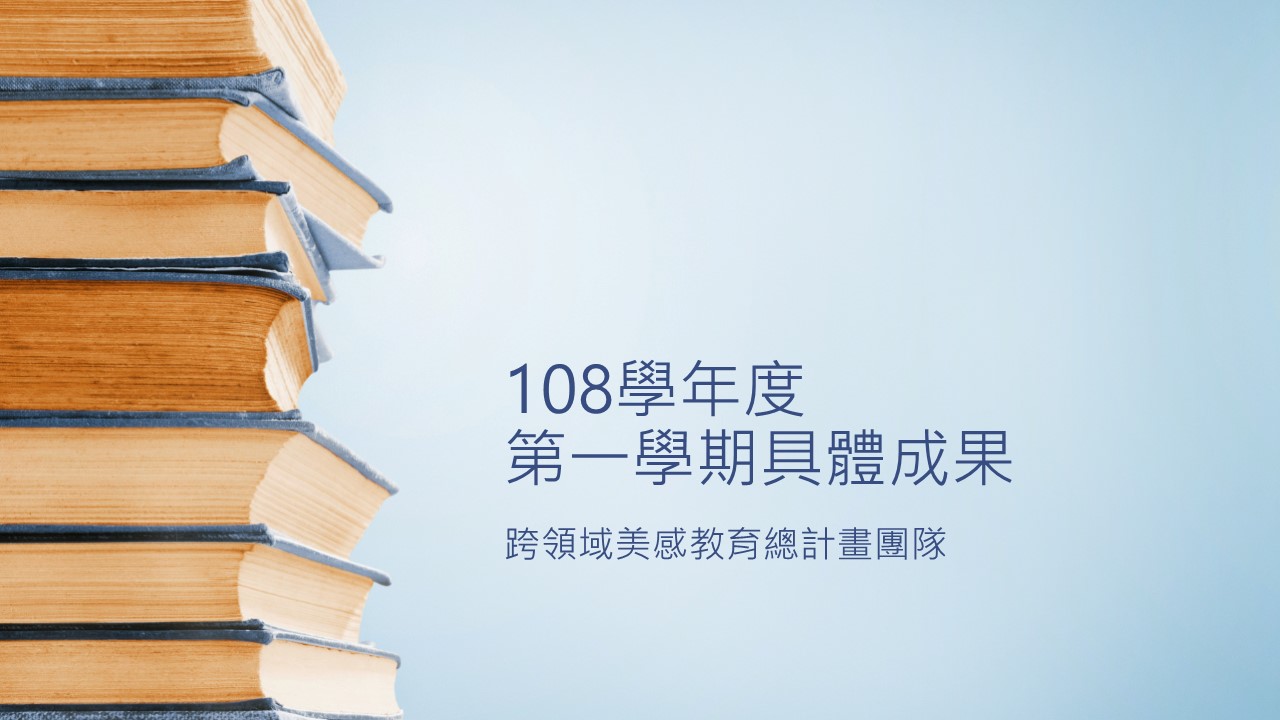Educational Feast of the Spanish Visual Arts Education Visit
Associate Professor, Department of Fine Arts, National Taiwan Normal University: Jiang Xueying
I was very happy when I learned that I would have the opportunity to go to Spain with outstanding cross-disciplinary teachers selected from all over Taiwan. I wondered what kind of sparks would be created when a group of excellent teachers got along with each other. This trip will visit two major cities in Spain, Barcelona and Madrid. One is an ancient city that gave birth to important 20th century artists such as Picasso, Miró and Dali, and the other is the capital of Spain with many important museums such as the Prado Museum. During the process of planning the trip, when we learned about visiting the Picasso Museum in Barcelona, we came up with a plan before departure because the museum is located in the old town and the interior space is small and not convenient for group guided tours. Since teachers are very good at curriculum planning, why not let everyone set up mixed-background groups across fields and educational stages during the trip and discuss the curriculum directly in the art museum?
After having this idea, after confirming and selecting the participating teachers, we first formed a teacher community with mixed backgrounds at the briefing session and began to inform the teachers that they needed to look up information in advance and develop course plans during the trip. This task is a bit hard and challenging, but it has important educational significance. After all, discussing courses at any time during the trip doesn't seem so relaxing. As we move forward with our course assignments, we must always think about the possibilities of course development based on what we see and hear, but isn’t this an important goal of educational visits? The educational visit allows everyone to enter a strange country that is difficult to reach, and an ancient city with a natural and unique artistic atmosphere. Picasso, Miró and Dali were all born here. They grew up freely in the streets and alleys of the city, seemingly at will, in Barcelona, but they became great artists with very different styles. Such conditions stimulate teachers to think about what kind of environmental characteristics and what kind of educational methods can cultivate artists who represent the characteristics of the times? Is it the environment and atmosphere of the old street? Is it the educational method of institutional education? Or what other factor?
We took the Picasso Museum as our target, asked teachers to think about these questions, and shared content about developing courses after appreciating the museum's works. It was still early on the day we went to the Picasso Museum. When we stepped into the old town, an ancient atmosphere greeted us. The air was filled with complex smells, including the aroma of coffee from open-air cafes, the musty smell of old streets, and even the smell of urine from walking the dog early in the morning. The shops on the crisscrossing old streets opened later in the day. You can find an underground Roman ruins museum and many traditional small shops. The sound of chanting wafts out of the church. It is hard to describe the artistic atmosphere.
After entering the Picasso Museum, each team worked together. It was really touching to see the teachers' backs as they were having serious discussions. Groups of teachers can be seen everywhere at the scene, discussing the original works. I remember when I met Principal Chen Xuetian during the discussion, he said that the most moving thing he saw in this art museum was seeing how serious Picasso was. For each work or composition, there were many sketches, and each sketch was complete and could be an independent work. Indeed, when we visited, the museum was exhibiting replicas of "Las Meninas" by Velázquez, another Spanish artist. Each one was visibly inspired by the original, but each one was full of Picasso's personal style. The dozens of recreated works make people wonder, is this imitation or creation? Can’t we imitate when we create something? Can imitation only be exactly the same? What kind of art is a pastiche that adds its own creativity? The many issues that arose during the viewing process enriched the content of the group discussions and further enriched the cross-domain courses constructed through on-site discussions.
The gains from the educational visit are many and rich. The above only focuses on the course ideation segment during the educational visit. When the teachers finally gave their presentations, the teaching files were exquisite and the teaching content was solid, which made people wonder if they didn’t need to sleep during the trip? The teachers' seriousness was touching. What I brought back from this trip was not only the silent gain of seeing the original works in the art museum, but also the friendships among teachers from different fields and educational stages. After returning home, we can communicate at any time, exchange teaching ideas, and achieve common growth.
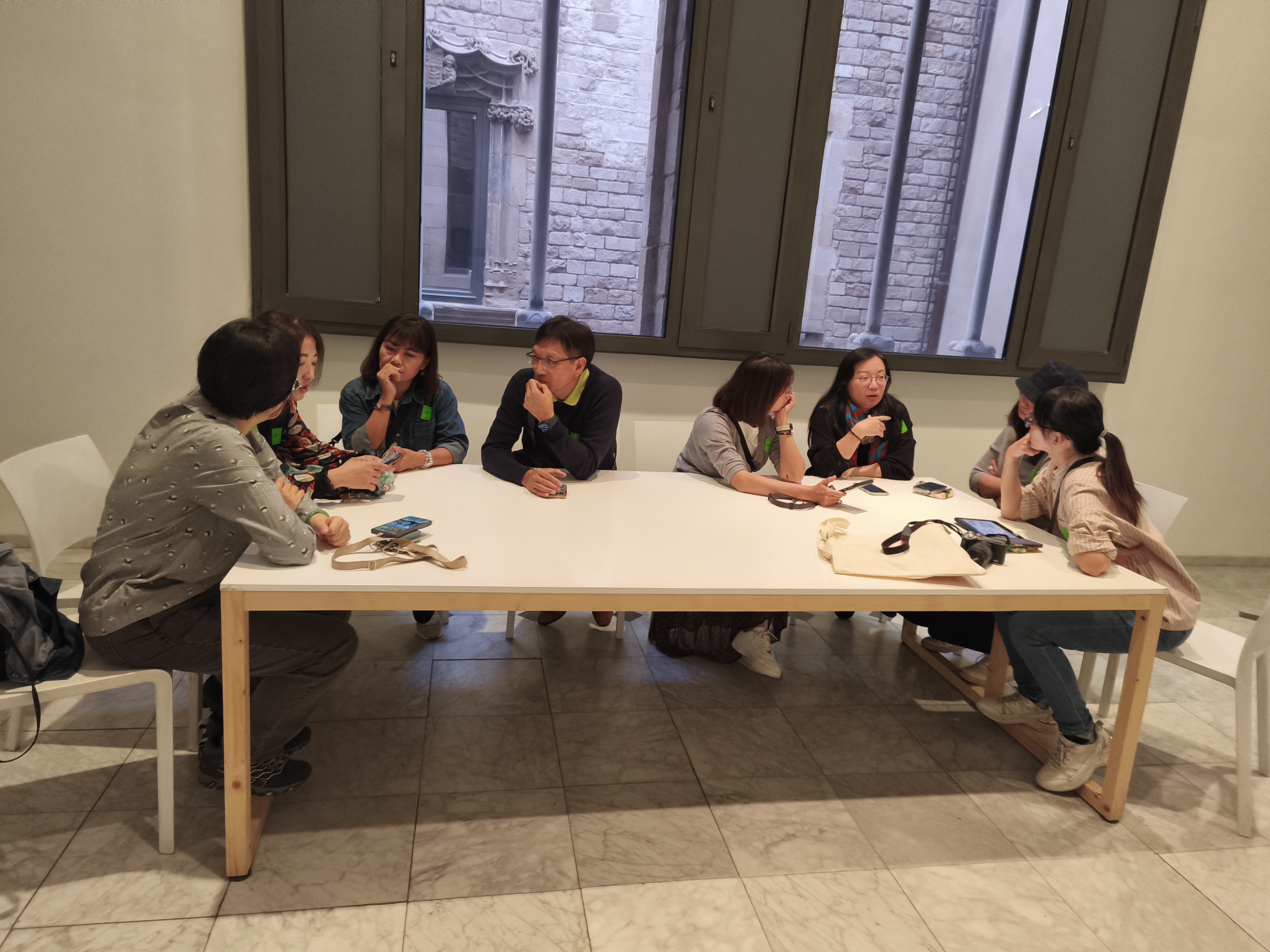
The teachers sat in a lounge area in the art museum to discuss how the works they saw could be developed into courses.
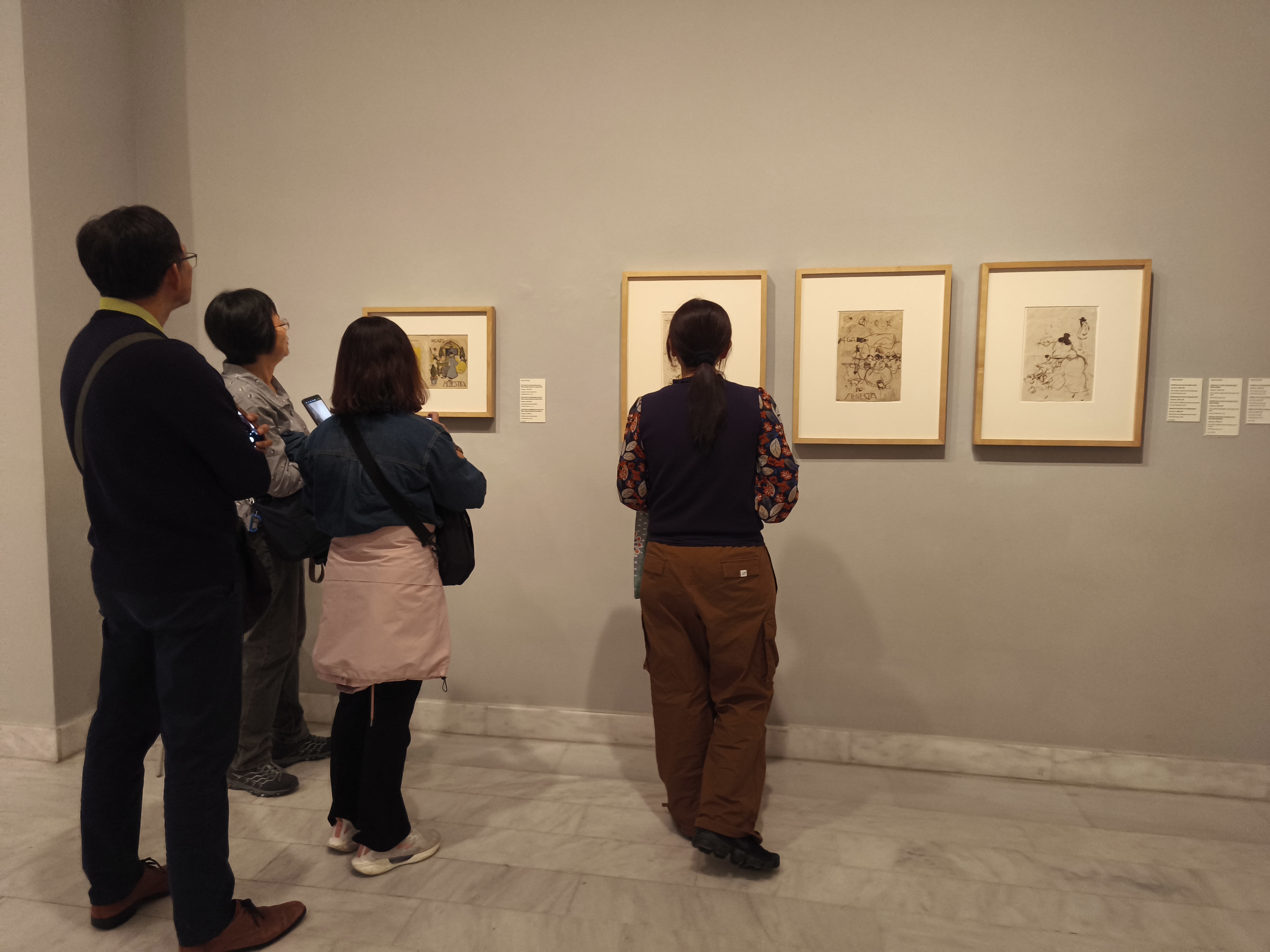
The teachers worked in groups and learned while viewing the exhibition. The visual arts teachers who were familiar with the works were responsible for explaining the works, while they also used their mobile phones to check the content of the works in real time. If there is anything you don’t understand in the language, you can use AI software for instant translation to achieve the best results in discussion and learning.
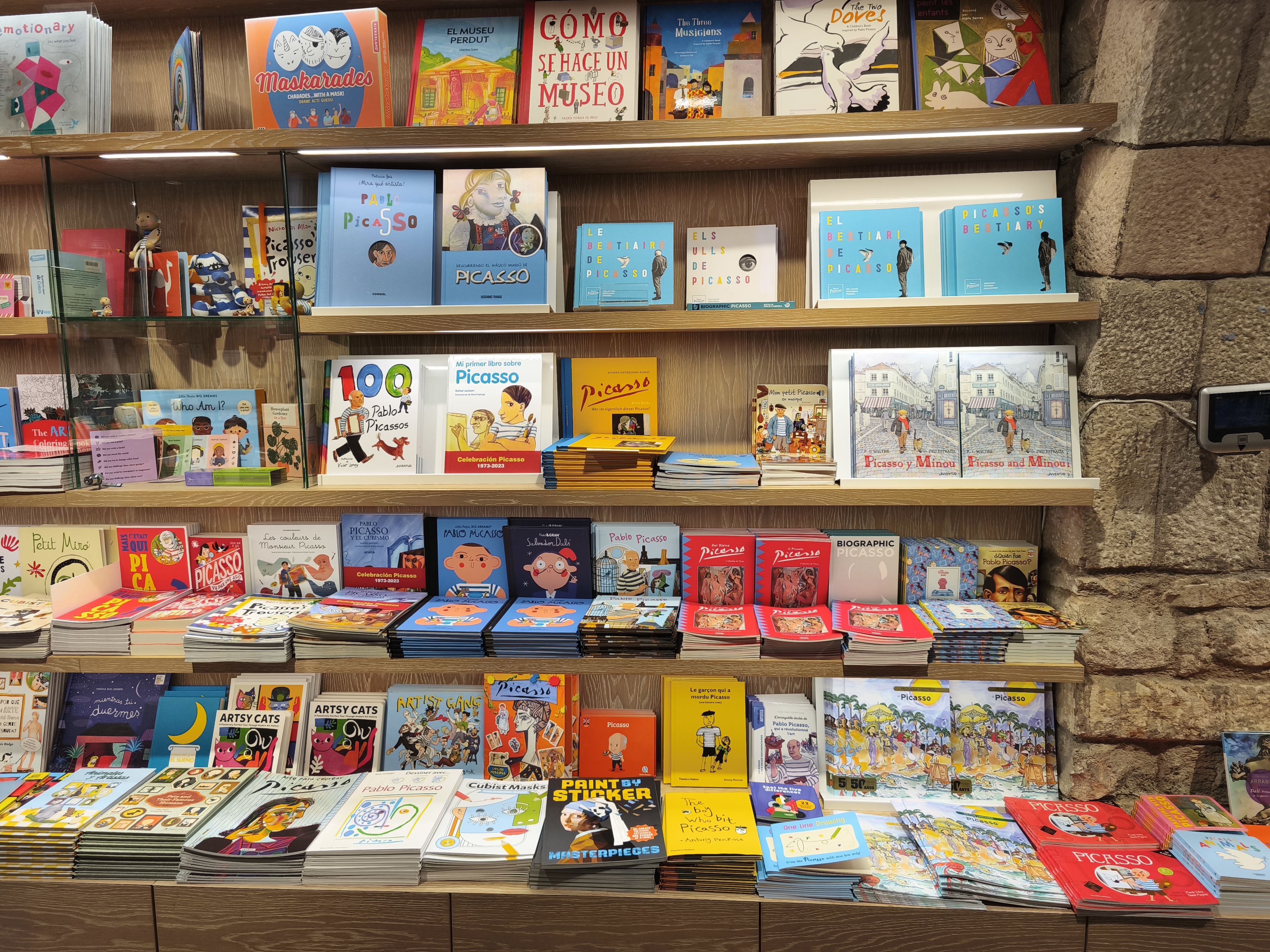
The museum shop has many appreciation course publications for readers of different ages, and the content is very interesting.
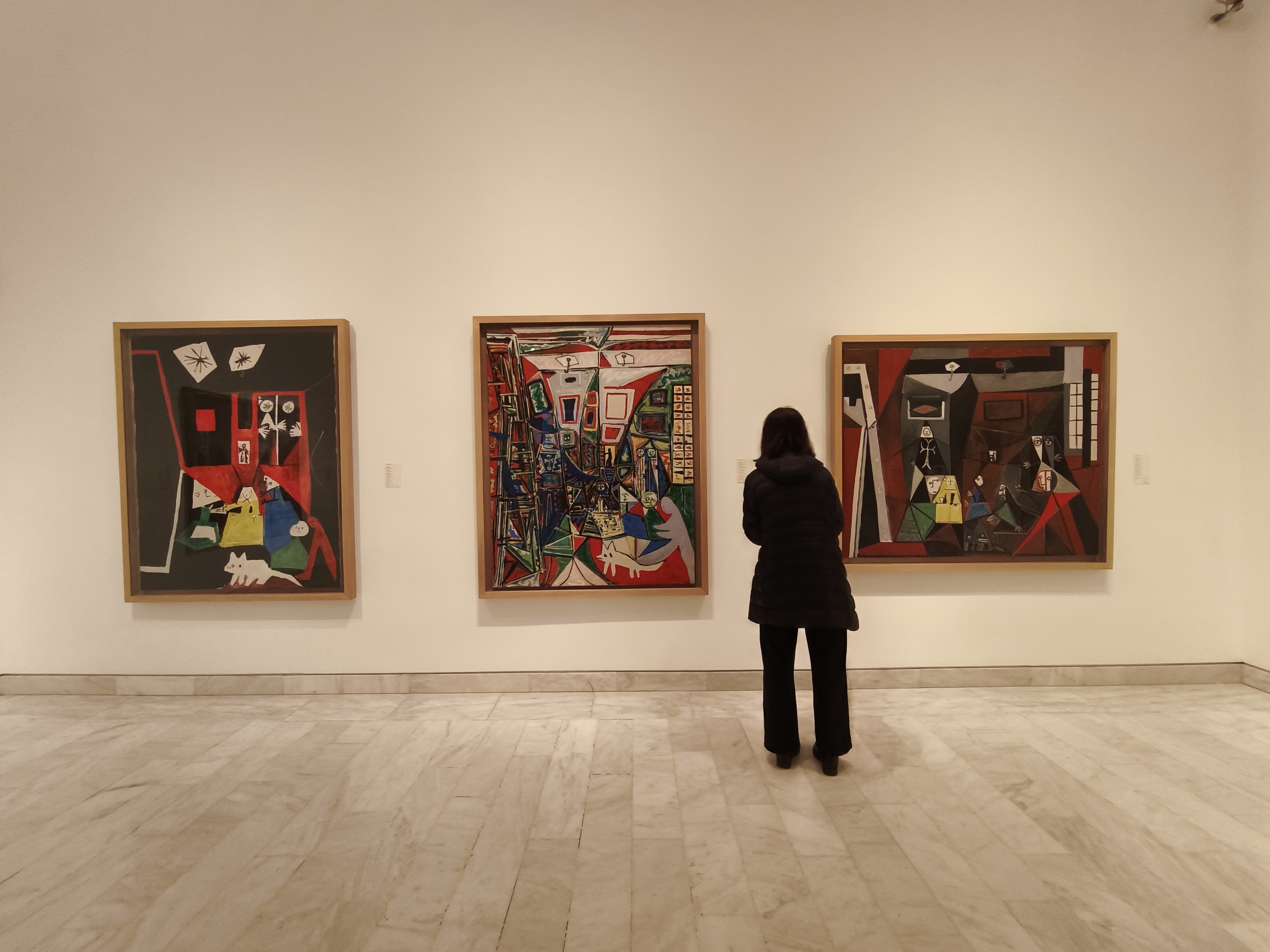
These three works are Picasso's personal re-creation of Velázquez's Las Meninas. The group members carefully appreciated these three interesting works with different styles.
A great artist is not just someone with unlimited creativity, but also a serious and down-to-earth creator. In order to produce a work, the same composition and shape are practiced many times.
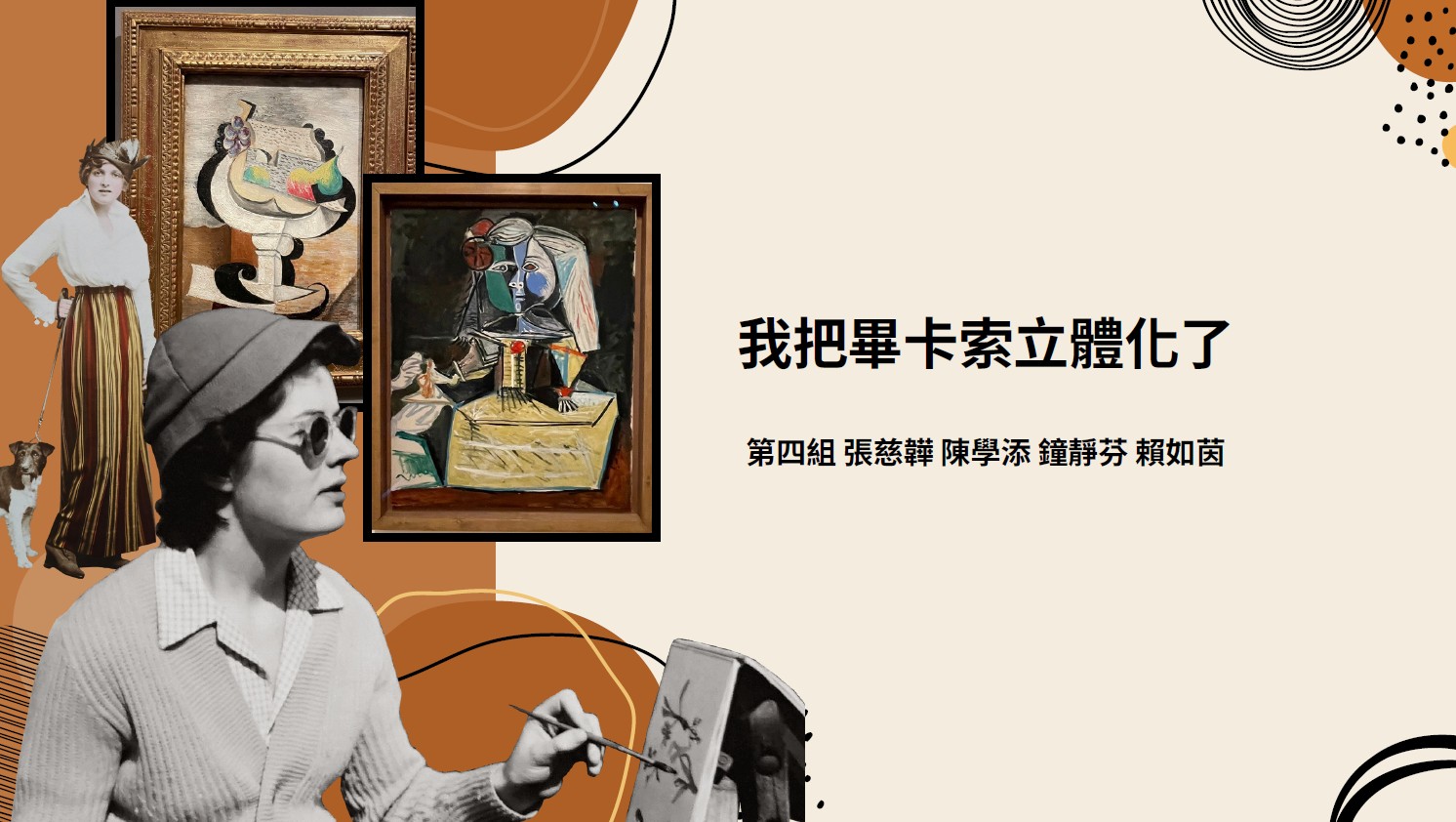
The teachers of the fourth group of the second group produced very exciting course content, leading students to appreciate the works and hoping to lead students to change the media for creation.
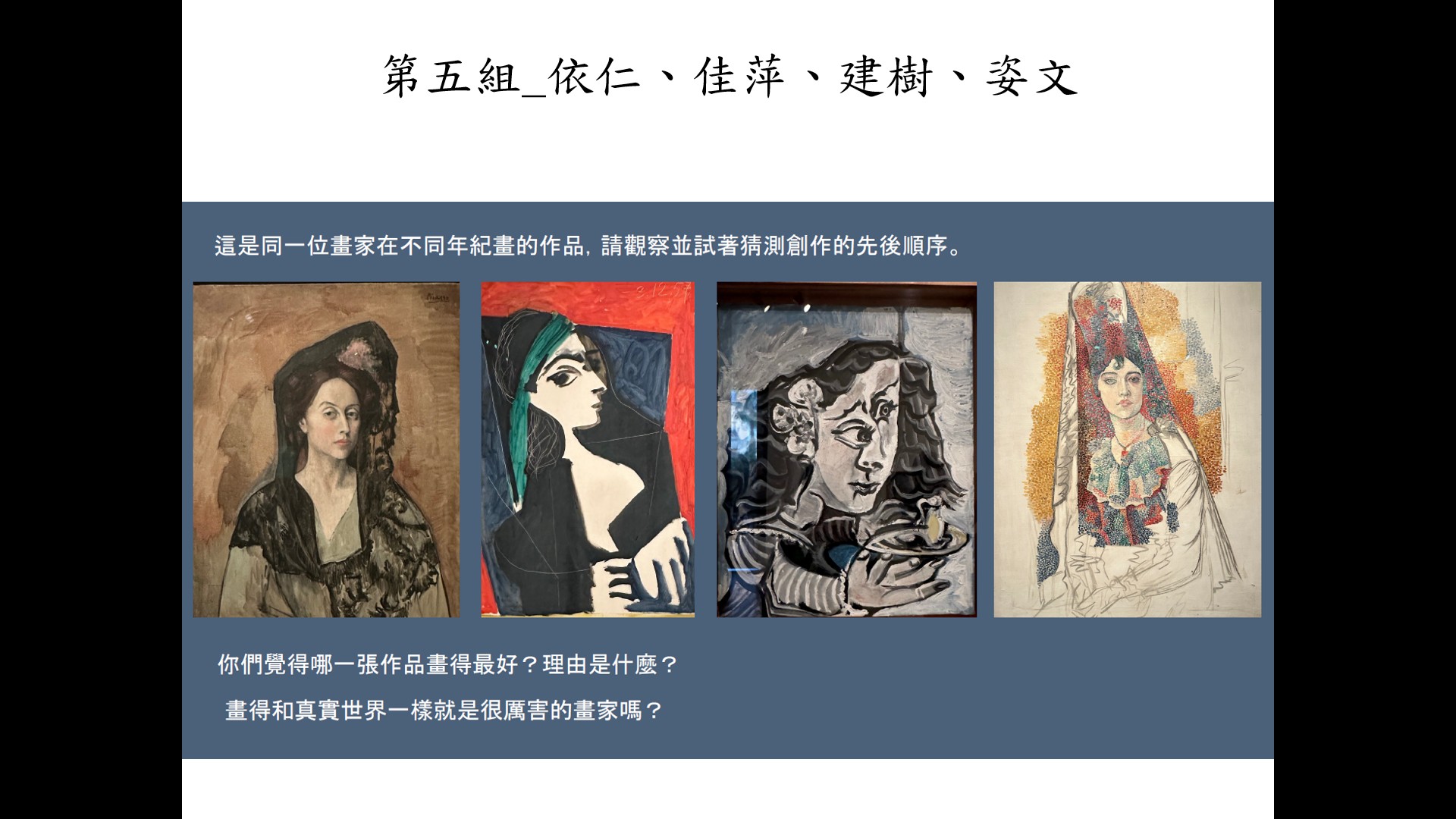
The fifth group of teachers from the second group, within the framework of appreciation, considered that people of different ages may have different ideas, explored the life course from the perspective of painting style, and then thought about what is in one’s life suitcase.
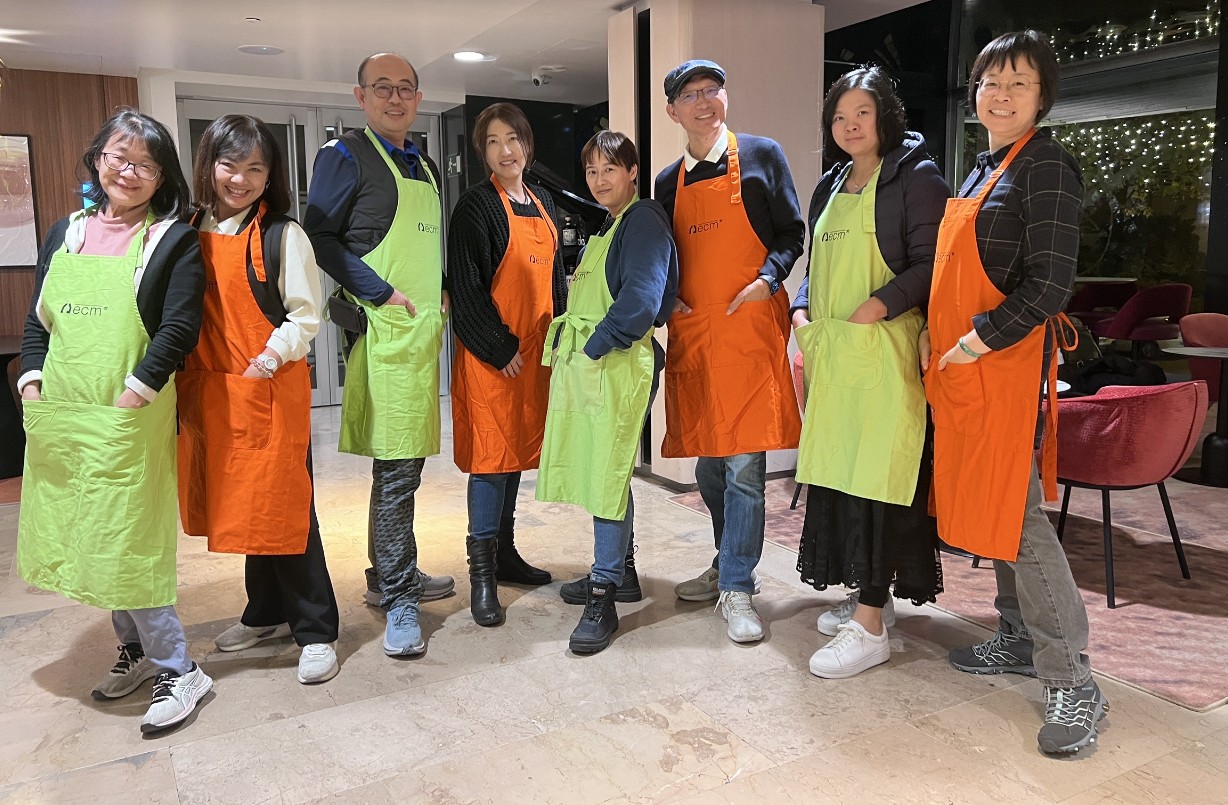
The two groups that were selected for excellent courses received precious aprons from the Ceramics School.
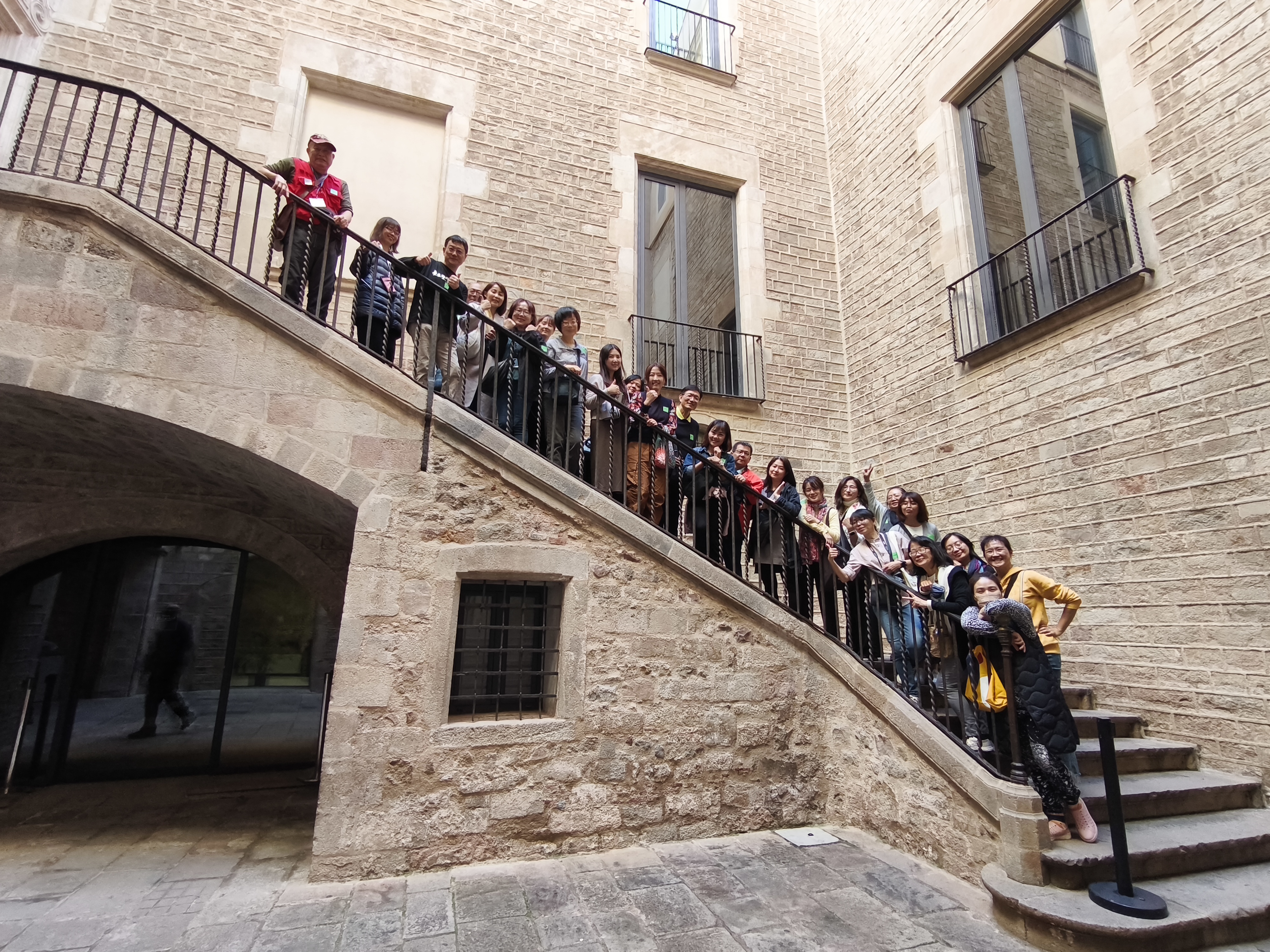
Teachers from the second group took a group photo at the entrance steps of the Picasso Museum.

